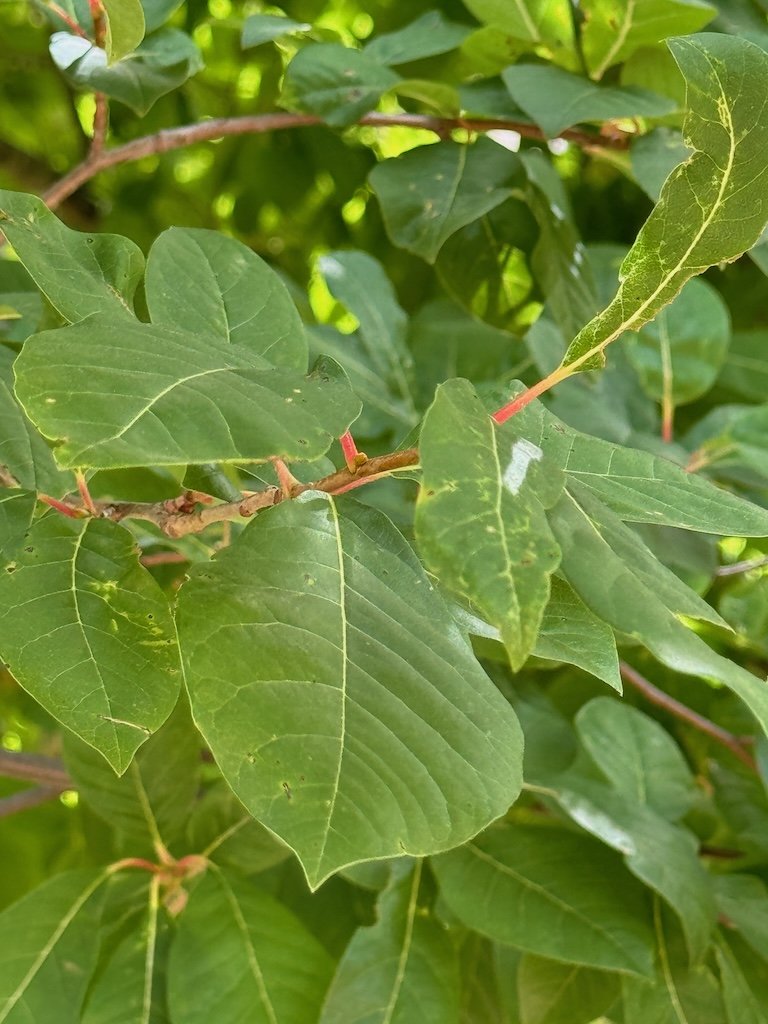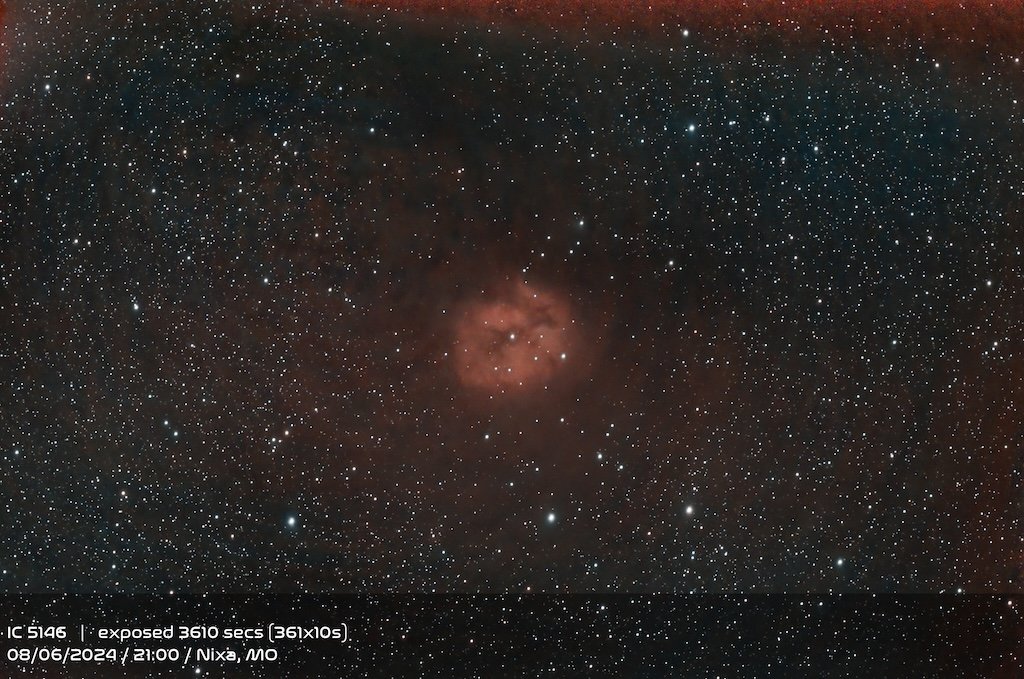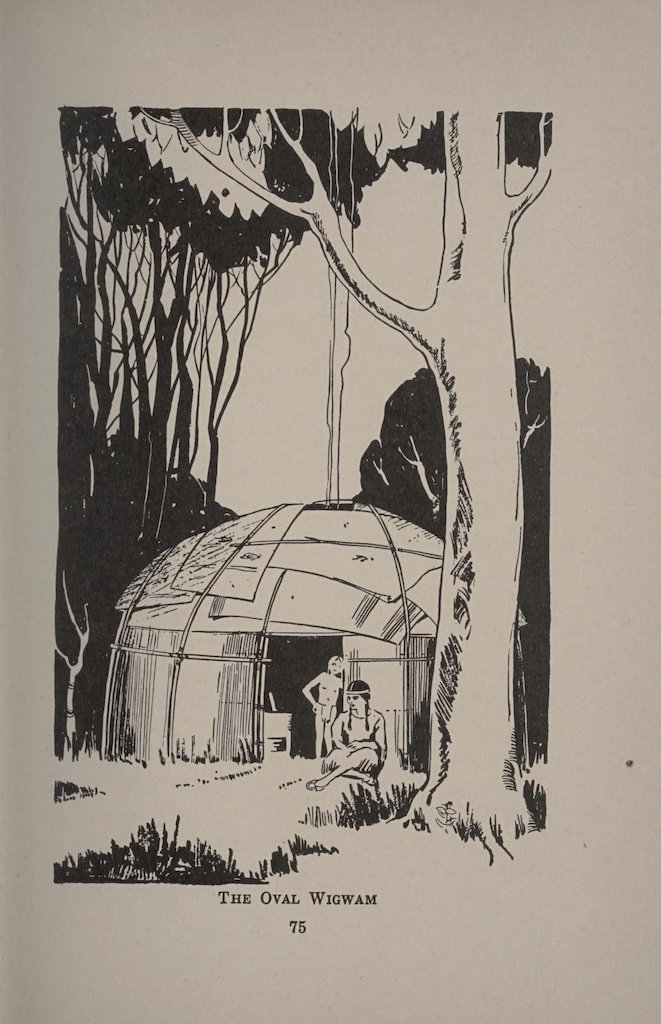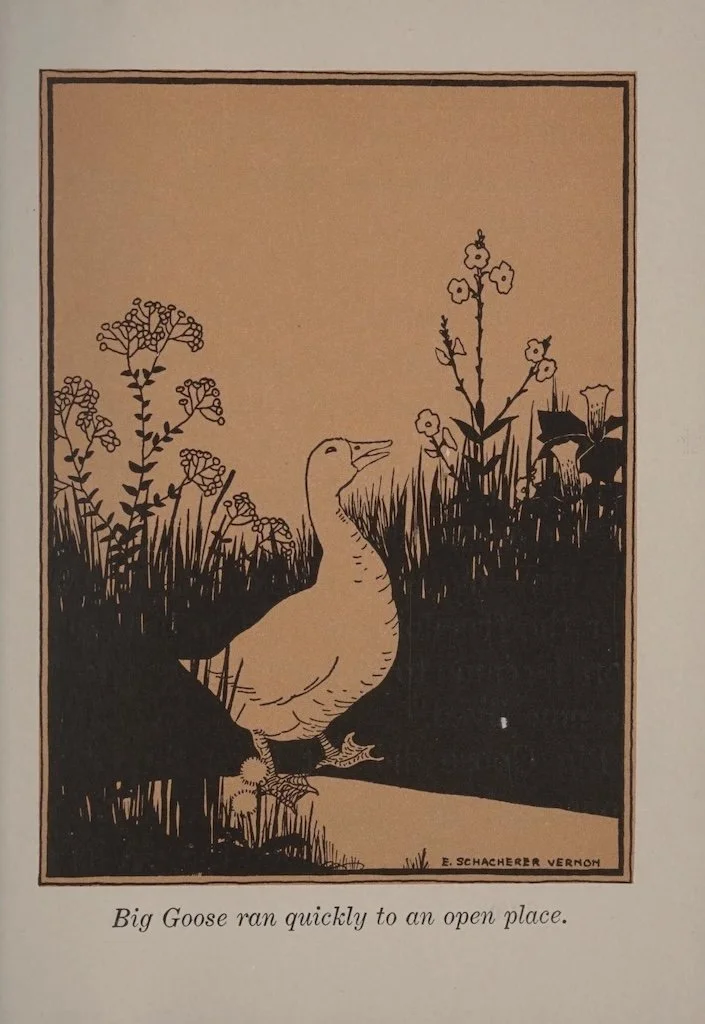A College Class…after 40 Years
/Going to a college campus for a class was almost a ‘new’ experience since I hadn’t done it for over 40 years.
The campus was newer and bigger than the university I attended in the 1970s. There was more construction and different types of parking that I’d experienced before. I set my nav system for a parking lot close to the building where my class was located; it took me to the parking lot but not on the side that had an entrance! I used the nav system to help me find the building to…and still walked past it because I wasn’t looking for the name of the building in the right place. As I walked in the building, the doors leading to the first floor were taped saying there was construction on that floor…realizing that my class was supposed to be on the third floor; I took the door to the stairs that were off the lobby between the outside doors and the doors to first floor. I stopped at a lady’s room then found the classroom…both similar to 40 years ago.
The class I am taking is a field class about woody plants so there is a short lecture segment at the beginning and then the rest of the session is outside either around the campus or on field trips at various locations around Springfield MO. The professor had posted the charts for the first class and the syllabus for the course on Brightspace earlier in the week; I had looked at the charts and printed the schedule page of the syllabus…brought a notebook for recording notes in the field.
It turned out that the professor had printed copies of the syllabus and worksheets for when we were out in the field (around campus). The amount of paper was reminiscent of my long-ago college days. My earlier idea of using my phone to take pictures and notes in the field was not looking as realistic.
I did try to take some pictures of the woody plants that were part of the first class but the only ‘good enough’ picture were from black gum (Nyssa sylvatica) (1 picture) and buckeye (Aesculus) (2 pictures).
Juggling the cell phone on a lanyard and taking physical notes is cumbersome. I’m going to try a slightly different approach for the next class which will be a field trip to Springfield Botanical Gardens….maybe taking my bridge camera (better optics so I don’t need to get as close to what I am photographing) and wearing my photovest (with lots of pockets in the front) so the notebook can be taken in and out more easily.
I am not taking the class for credit, but I am still trying to learn the common and scientific names for the woody plants viewed in the course. It might take some study techniques I’ve not used for a very long time. I want to find techniques that do not involve making paper flashcards!































































































































